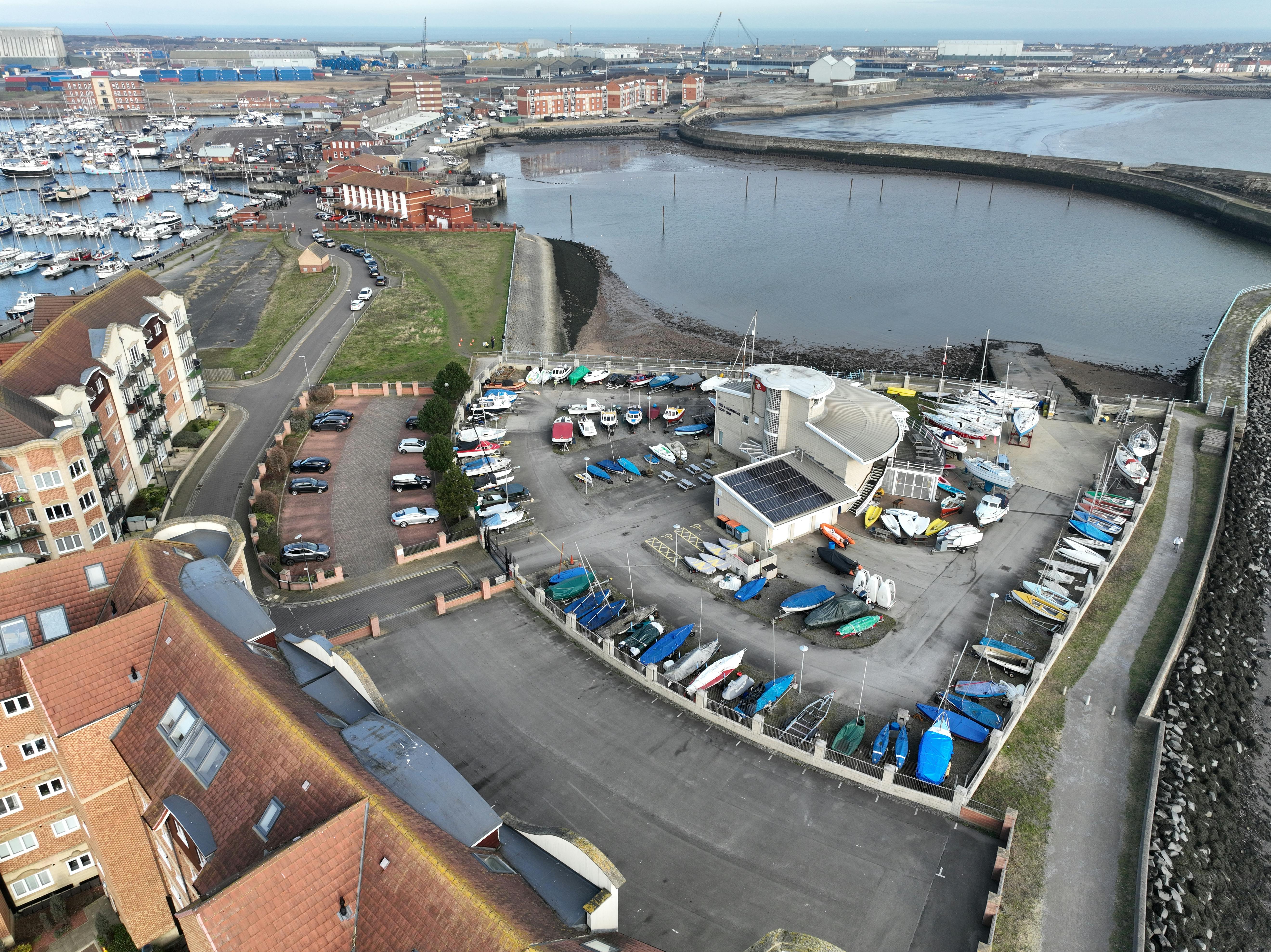FAQs
What is the Waterfront Connectivity Scheme?
The Waterfront Connectivity project includes improving the physical environment around the south of the Marina along with connectivity and public realm enhancements to improve access to and from the coast. The project will help realise the potential of this area, integrate new land uses and provide the opportunity for improved connections between the waterfront, the town centre and the train station.
The changes will comprise of road junction improvements, improved signage and cycle storage at the Waterfront, Town Centre and en-route to Seaton Carew. There will also be improvements to the waterside edge and along parts of Maritime Avenue and the Seaton Carew Link which will see new accessible ramps on the promenade at the rear of Tees & Hartlepool Yacht Club. Other improvements will include an impressive route to the new railway station south entrance, new lighting columns, new pavements, widening of pavements alongside additional soft landscaping.
Where is this money coming from?
There is £6.2m of external funding coming from the government’s Department of Levelling up, Housing and Communities. Hartlepool was awarded £25m along with 100 other towns throughout the country as part of the £3.6 billion Towns Fund.
What is the Hartlepool Town Deal?
In 2019, the Government invited towns throughout the Country to bid for up to £25m for projects that drive long term economic and productivity growth through investment in connectivity, land use, economic assets including cultural assets, skills and enterprise infrastructure.
Hartlepool submitted five projects for approval following extensive consultation when developing the Town Investment Plan. These include the redevelopment of the derelict Wesley Chapel into a boutique hospitality venue, the Reimaging of Middleton Grange Shopping Centre designed to improve the image of the shopping centre from a large-scale, inward-looking shopping mall to a well-connected mixed-use area, new Health and Social Care and Civil Engineering Skills Academies as well as this project. These projects were approved in 2022 by both the Councils Finance and Policy Committee and the government alongside comprehensive business cases for each project.
How much is Hartlepool Borough Council putting into the Waterfront Connectivity Scheme?
There is £6.2m funding coming from the government’s Department of Levelling up, Housing and Communities which fully fund this scheme. Hartlepool was awarded £25m along with 100 other towns throughout the country as part of the £3.6 billion Towns Fund.
How long will this project take to complete?
It is expected this project will take around 36 months to complete all aspects of the scheme although as the project has a number of individual elements some works will be completed much sooner.
Why is the Council getting involved in this project when the parts of the land are privately owned?
The Strategic Case finds that the Hartlepool Waterfront is a critical economic asset for the Town. It acts as a source of community pride, supporting the Town’s strong identity as a coastal port underpinned by a rich maritime history. Hartlepool Borough Council have been successful in securing external funding to undertake this scheme and this project will help realise the potential of this area, integrate new land uses and provide the opportunity for improved connections between the waterfront, the town centre and the train station.
Were the public consulted on the projects for the Hartlepool Town Deal?
Yes, over 400 local residents and businesses took part in the Hartlepool Town Deal consultations. This consultation helped to shape what local residents thought were the key priorities for the Deal. The Hartlepool Town Deal Board took on the feedback gathered throughout the consultations to progress five projects as part of delivering a long term Town Investment Plan.
Why can’t the money be used on more important things like fixing roads or social care?
The funding through Town Deal comes with strict criteria on what it can be spent on including only capital (building and restoration) projects and town regeneration schemes. The Council cannot use this external money for existing council services and the projects must be approved by government.

